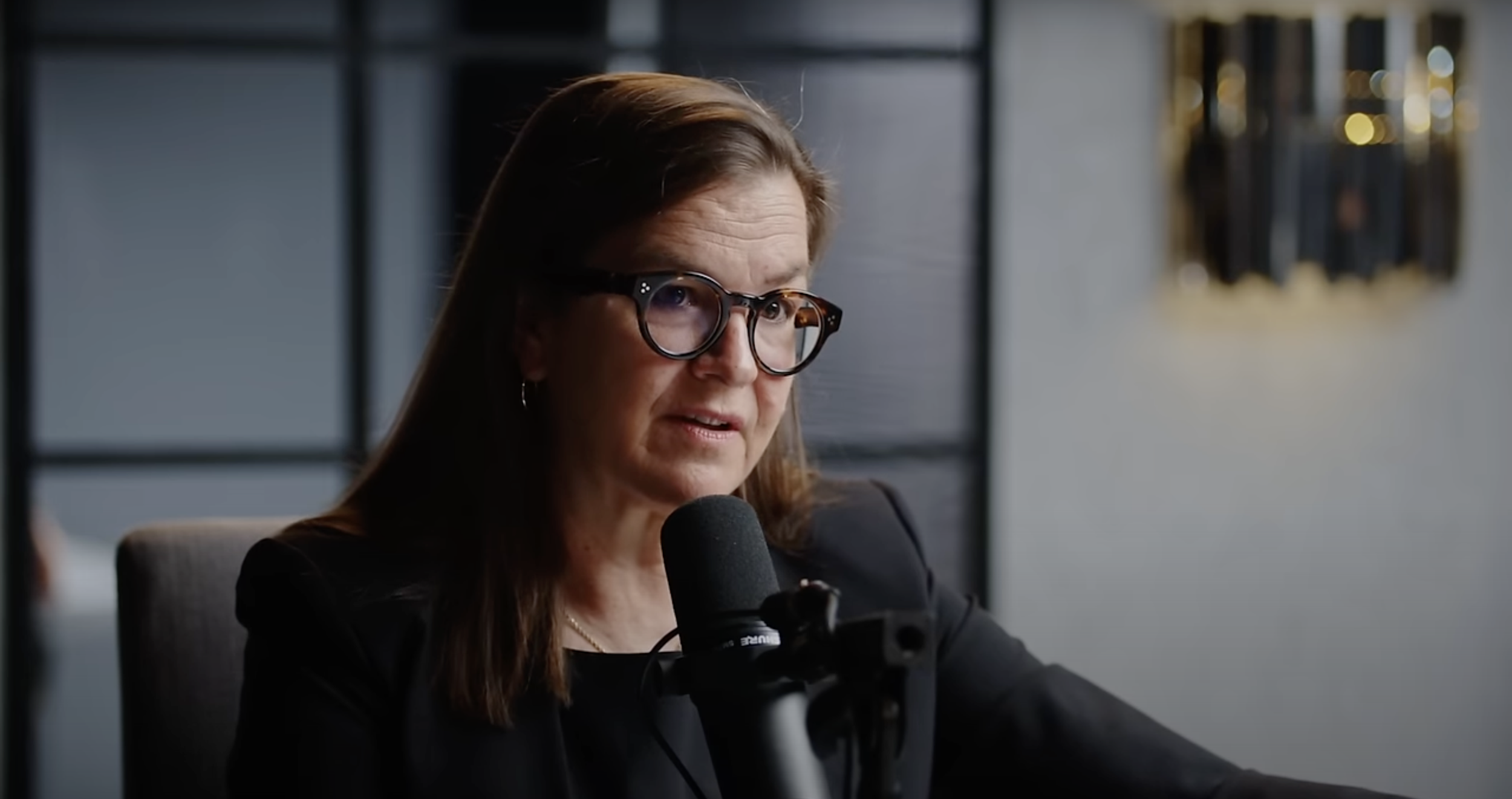
Annie Jacobsen
Out Now
Nuclear War: A Scenario
“In Nuclear War: A Scenario, Annie Jacobsen gives us a vivid picture of what could happen if our nuclear guardians fail…Terrifying.”—Wall Street Journal
Books



“In Nuclear War: A Scenario, Annie Jacobsen gives us a vivid picture of what could happen if our nuclear guardians fail…Terrifying.”—Wall Street Journal
